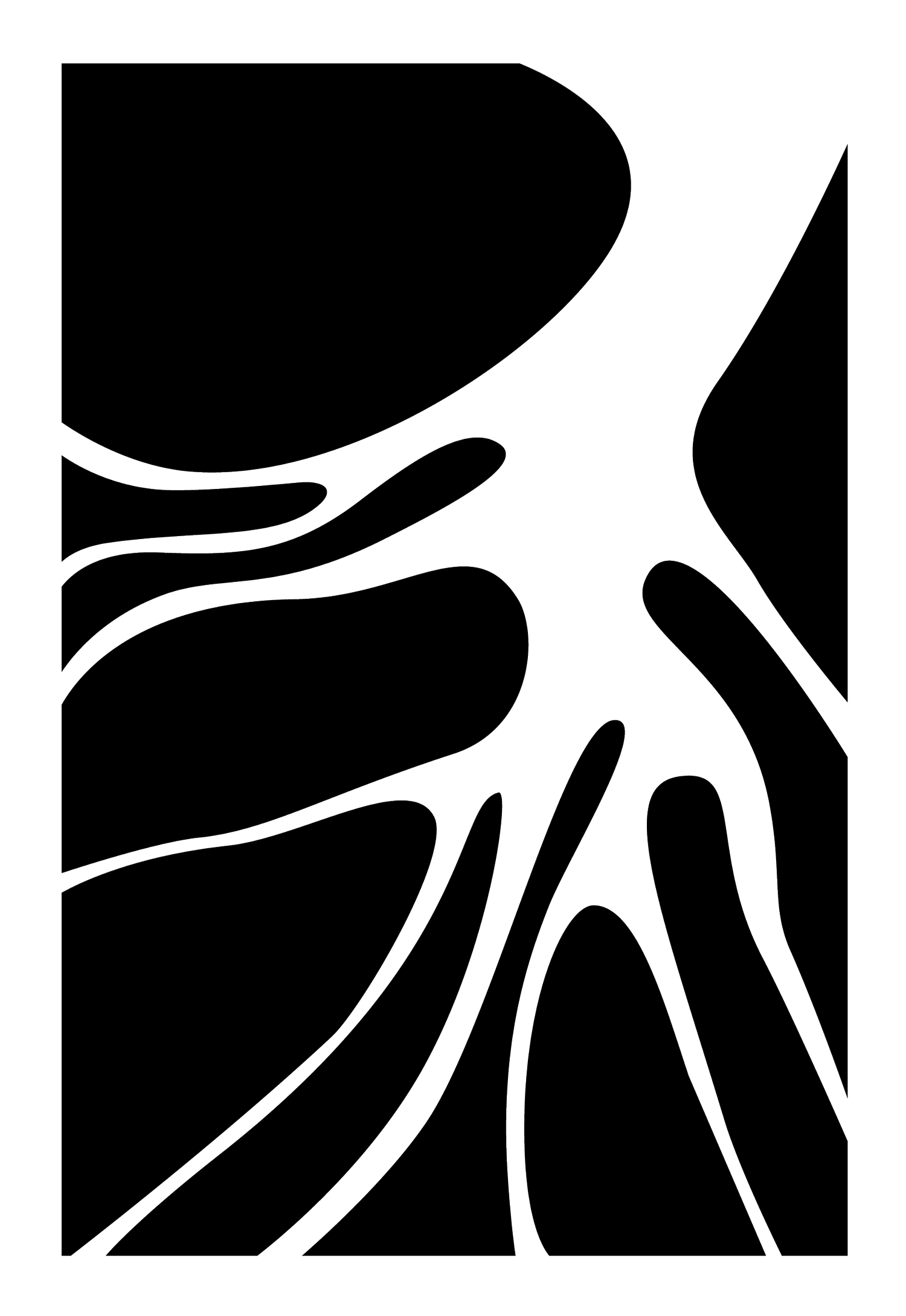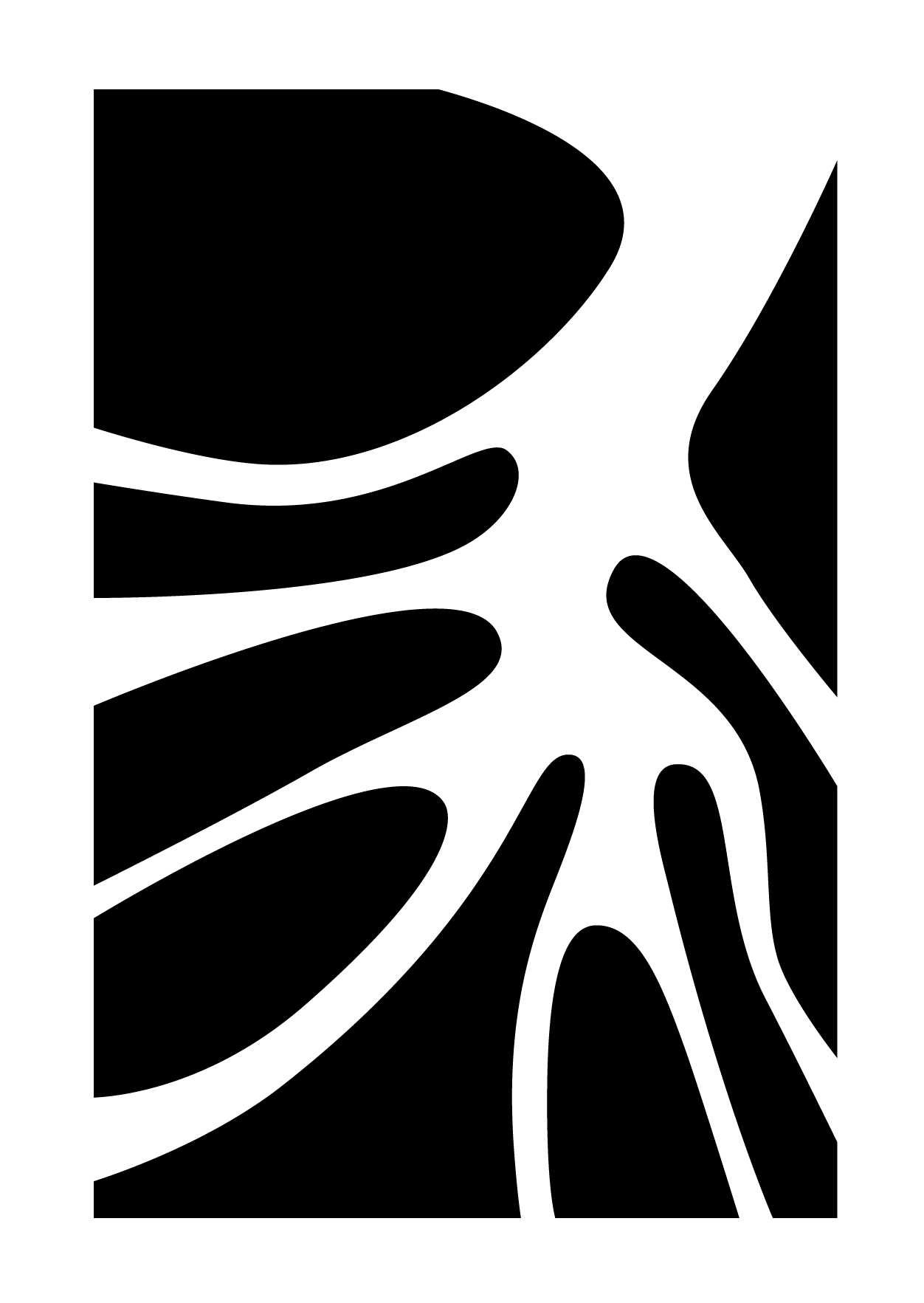Archive of Ambiguity: Examining Historical Records
Bo Kim
Bo Kim excavates and re-examines photographic histories and museum archives of the past.
By closely reinterpreting them through her own research method, she rethinks the institutionalized meanings beyond the historical events of the past with an artistic perspective. Through the collection, analysis, and structural rearrangement of archives—based upon historical, natural scientific, and anthropological—sources, the artist aims to capture the moment of a new art form of her own. The specimens in the museum symbolize the institutional coldness of itemization, quantification, and the reduction of human beings to labels and numbers in hospitals, schools, and governments.
The taxidermy in the museum participates in many dichotomous conversations: life and death, beauty and ugliness, categorization and uncategorizability.
The tension between these dichotomies is like the tension that exists between Korean and Western culture. The friction between normativity is not only within the artist herself, but also in our society at large. Bo Kim realistically draws copies of photographs in the archives of museums using traditional materials in the artist's possession, and explores the elements of records that represent institutionalization—such as tags, strings, and descriptions. Kim points out and analyzes that the objective truth presented by objective historical documents can be quite ambiguous and distorted.
Materials (continued): Korean color, on Mulberry tree paper
Bo Kim (Boram Kim) is an artist-researcher and educator exploring symbiotic relationships. Currently, she is an MA candidate in Art Therapy and Counseling at School of the Art Institute of Chicago (SAIC) in Chicago, IL. She received an MFA from the Hongik University and a BFA from Dongduk Women's University in Seoul, South Korea. Informed by natural science research, ecology, and biology, Kim has produced a unique body of work over the past decade at the intersectionality of her being. It is represented in her art through the coexistence of the Western painting techniques with traditional Korean materials, such as natural stone-crushed pigments, animal skin glue, Hanji [mulberry tree paper].








